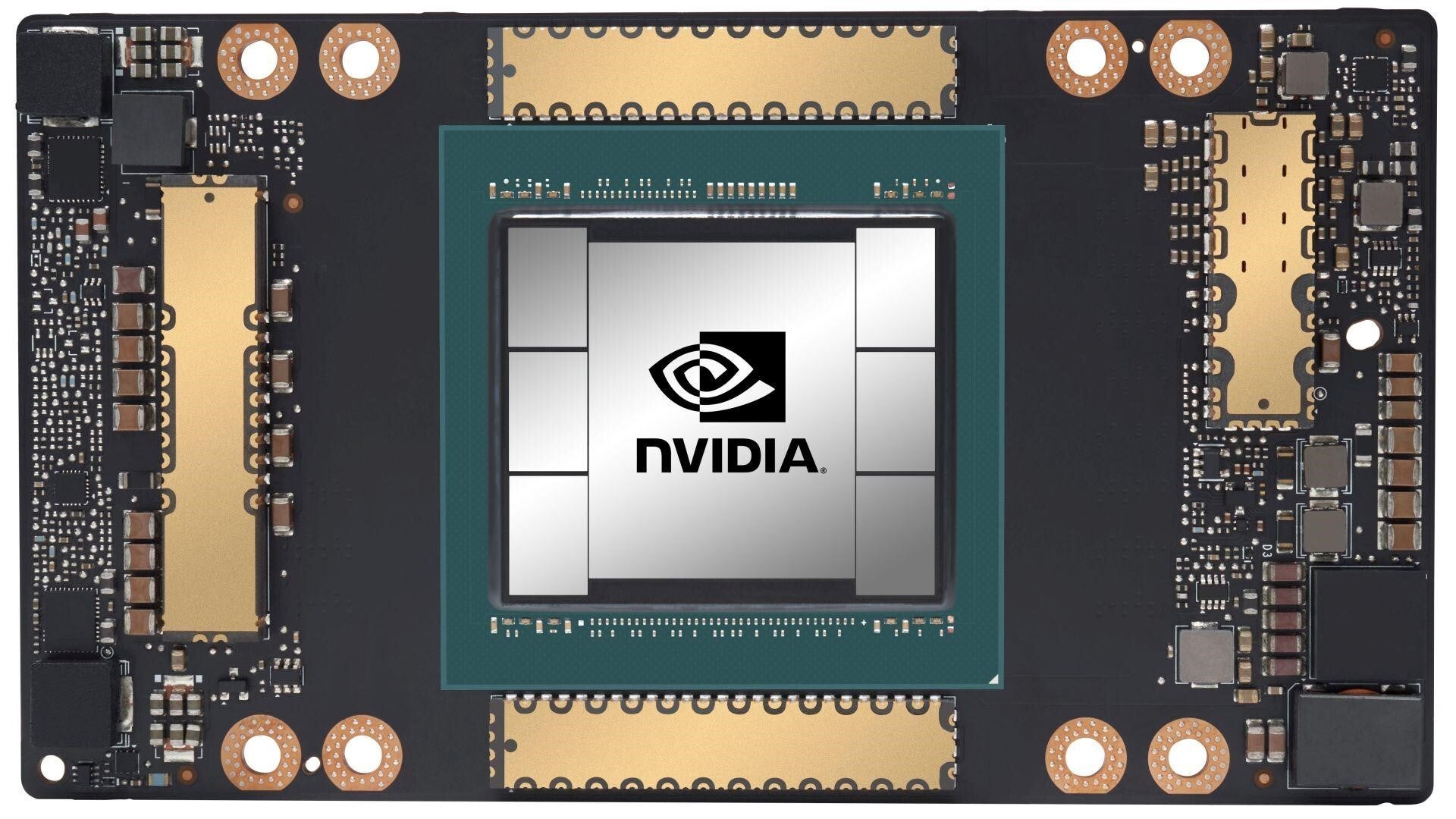Nvidia and Qualcomm could be hurt by U.S. plan to block more exports to Huawei
A report from a government contractor says Huawei could face the loss of Qualcomm modem chips

Nvidia is reportedly planning to sell technology to Huawei
Meanwhile, Huawei has been able to use Qualcomm Snapdragon chipsets for its latest flagship models. However, these chipsets are tweaked so that they can’t work with 5G signals and will only work to deliver 4G connectivity. Huawei’s access to even these limited SoCs might be in jeopardy if the U.S. government goes ahead with its plans to further stop the company from obtaining U.S. supplies.
The official said that the department “would not have approved of the report in its current form.” It also said the government “has written and contracted multiple reports on this subject, based on different contingencies, which arrive at very different conclusions.”
Qualcomm would suffer a “moderate economic impact” if the U.S. tightens the screws on Huawei
The report did say that Qualcomm, which currently supplies 4G versions of its high-end chipsets to Huawei, would suffer a “moderate economic impact” from the unknown policy change. The report adds that Huawei would suffer more because the firm “relies heavily on Qualcomm’s modem chips to support its smartphone offering.” The Trump administration, which was in power when Huawei was placed on the entity list, allowed Huawei to buy 4G chipsets from Qualcomm. This has helped the company continue to build flagship phones.
For example, the Snapdragon 8+ Gen 1 chipset, designed not to work with 5G signals, powers last year’s well-received Huawei Mate 50 Pro. This month, Huawei is expected to introduce the photography-centered P60 series and the P60 Pro will reportedly be equipped with Qualcomm’s latest high-end chipset, the Snapdragon 8 Gen 2. But this component will also be prevented from working with 5G signals.
For all the latest Technology News Click Here
For the latest news and updates, follow us on Google News.

